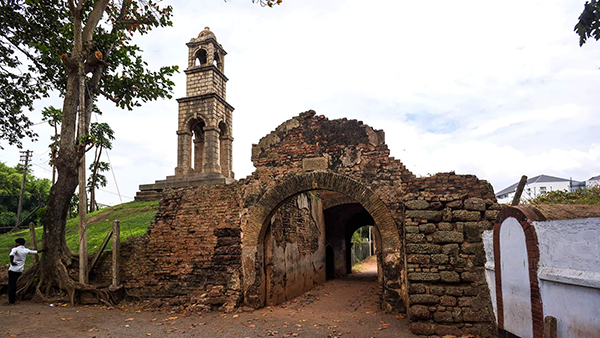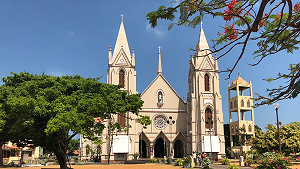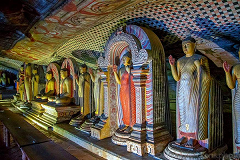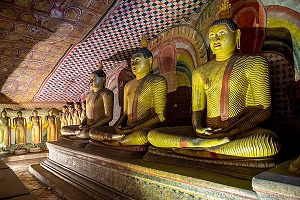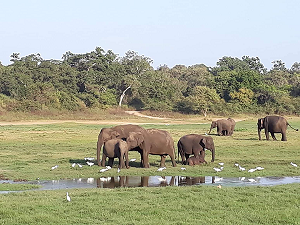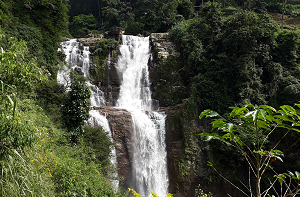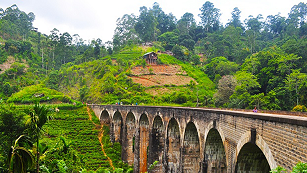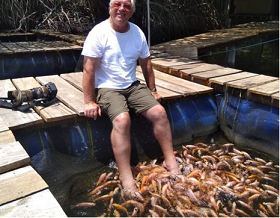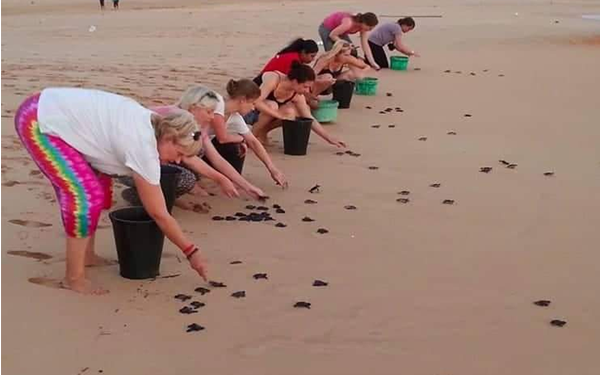Balapitiya is a coastal town, in south west Sri Lanka. The most important asset of the fragile eco-system of Madu River is its mangrove forests. These mangrove forests are providing protection for a large number of aquatic bird, animal and plant species. The eco-system in Madu River is the home for different kinds of aquatic plants, crabs, shrimps, fish, insects, amphibians and other animal life including crocodiles. Madu River is inhabited by a large number of animals and its bio-diversity is at very high level. This ecological complex is a Ramsar wetland and it is the second largest wetland on the island. 28 islands (some of them are inhabited by humans) are included in the Madu River estuary. The extent of the Madu River wetland is 915 hectares and harbours multi-varied Bio-diversity Eco-systems. There is no road network connecting the island and mainland and the boat is the main source of transport for the people living on the islands. The Kotduwa Buddhist temple occupies an island and it is the main religious institution for the people, who live on Madu River. Kothduwa temple is an important tourist attraction and visited by many tourists, who undertake the Madu River safari. Madu River is one of the best places to witness the different types of mangroves in the country.
The Turtle Care Centre at Kosgoda beach is one of 18 turtle hatcheries along the southern coast of Sri Lanka. The centre is located in the South Western coastal village of Kosgoda and was establised in 1981. It is also very popular as all five species of turtles that visit Sri Lanka nest in Kosgoda. This is not so with many of the other hatcheries around the island whose beaches host only some of the species.
Bentota is a coastal town in Sri Lanka, located in the Galle District of the Southern Province, governed by an Urban Council. It is approximately 65 kilometres (40 mi) south of Colombo and 56 kilometres (35 mi) north of Galle. Bentota is situated on the southern bank of the Bentota River mouth, at an elevation of 3 metres (9.8 ft) above the sea level. The name of the town is derived from a mythical story which claims a demon named 'Bem' ruled the tota or river bank.
